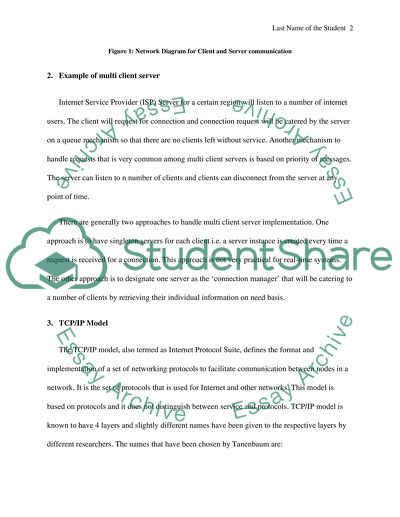Cite this document
(Definition of Multi Client-Server and Cygwin Case Study - 44, n.d.)
Definition of Multi Client-Server and Cygwin Case Study - 44. Retrieved from https://studentshare.org/information-technology/1568904-essay
Definition of Multi Client-Server and Cygwin Case Study - 44. Retrieved from https://studentshare.org/information-technology/1568904-essay
(Definition of Multi Client-Server and Cygwin Case Study - 44)
Definition of Multi Client-Server and Cygwin Case Study - 44. https://studentshare.org/information-technology/1568904-essay.
Definition of Multi Client-Server and Cygwin Case Study - 44. https://studentshare.org/information-technology/1568904-essay.
“Definition of Multi Client-Server and Cygwin Case Study - 44”, n.d. https://studentshare.org/information-technology/1568904-essay.


